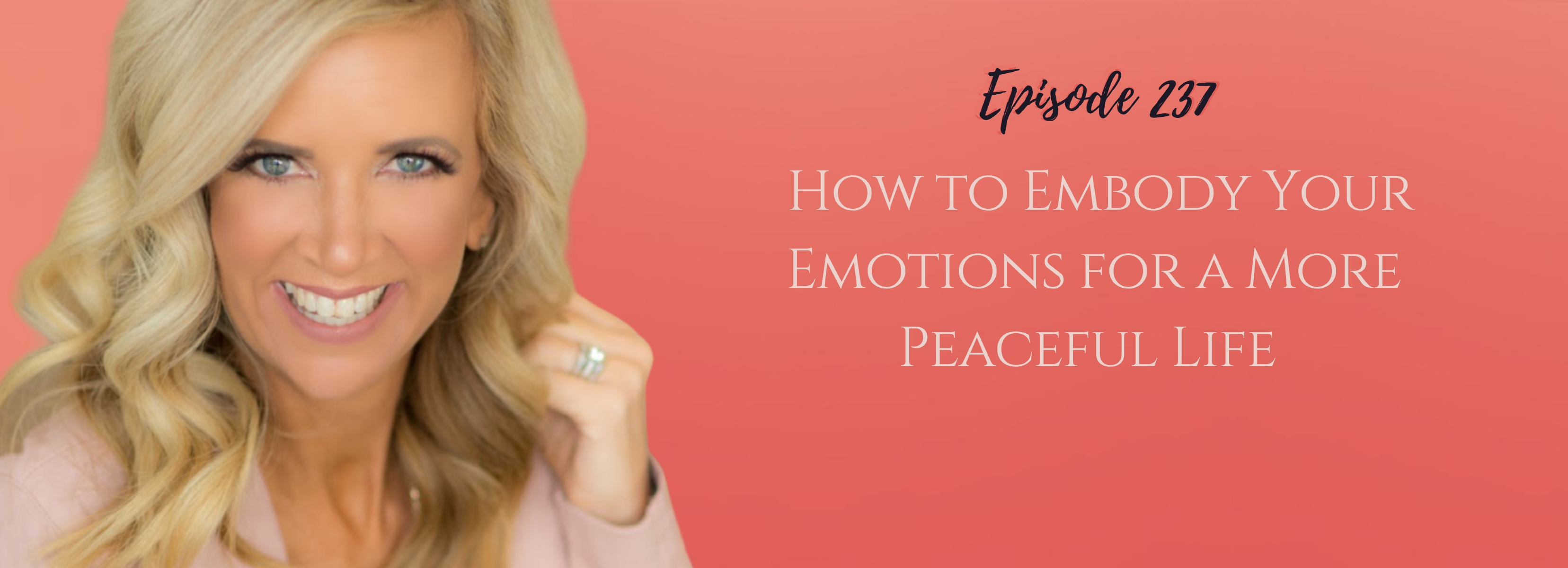
How to Embody Your Emotions for a More Peaceful Life with Dr. Raja Selvam| 11.1.2023
In this episode, Kristen talks with Dr. Raja Selvam, a licensed clinical psychologist and creator of integral somatic psychology. They discuss the power of feeling and processing emotions throughout the body.
www.integralsomaticpsychology.com
You'll Learn
- The significance of expanding emotional experiences throughout your body for improved well-being.
- Dr. Raja Selvam's seven-step method for effectively processing and embodying your emotions.
- How to distinguish between therapeutic emotional release and automatic, unproductive responses like crying.
- The role of intention and physical touch in facilitating emotional expansion within your body.
- The potential benefits of embracing and processing your emotions for enhanced cognitive, emotional, and behavioral outcomes.
Resources
For counseling services near Indianapolis, IN, visit www.pathwaystohealingcounseling.com.
Subscribe and Get a free 5-day journal at www.kristendboice.com/freeresources to begin closing the chapter on what doesn’t serve you and open the door to the real you.
Subscribe to the Close the Chapter YouTube Channel
This information is being provided to you for educational and informational purposes only. It is being provided to you to educate you about ideas on stress management and as a self-help tool for your own use. It is not psychotherapy/counseling in any form.